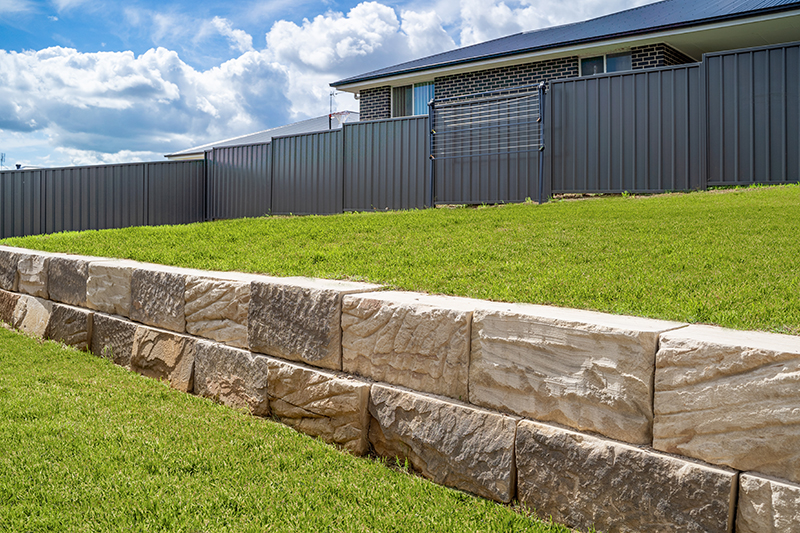While some may install a retaining wall for the aesthetic of it, in most cases, they are installed to serve a purpose. Retaining walls are tasked with holding soil back. This prevents erosion and can turn at least the bottom of a slope into flat land you can enjoy. However, while many different aspects factor into the construction of this type of wall, you should also keep in mind that the type of soil that is being held back will have an effect.
When building a retaining wall, you may be using soil that is all from your own yard, particularly if you install a cut in style retaining wall, or you may have soil brought in. If soil needs to be brought in, you will have more flexibility with design since they can choose an appropriate soil type for the wall.

Soil Type and Retaining Walls
When it comes to soil and retaining walls, there are three types that have an effect. These include:
Clay Soil
This is the most problematic soil for a retaining wall. Clay holds water and when it does, it gets much heavier. The pressure from it can actually move and crumble weaker retaining walls. This means your wall of choice will need extra reinforcement and types like a gravity wall may not be applicable.
Sandy Soil
Sandy soil is the soil of choice for building a retaining wall. If you need to have soil brought in, it will typically be this. Sand, because it does not clump together, has excellent natural drainage. This will prevent pressure on the actual wall.
Organic Soil
Organic soil, while good for growing, is not great for building walls. It can clump together and create pressure like clay soil. You do not want to use organic soil to fill the area behind a retaining wall. In most cases, organic soil is used to fill the top few inches behind it for landscaping purposes.
Are you unsure of what your soil type is? Even if you have problematic clay soil, you can still have a beautiful retaining wall. Contact us today to see what Accurate Lawn Leveling can do to help you get it built.
